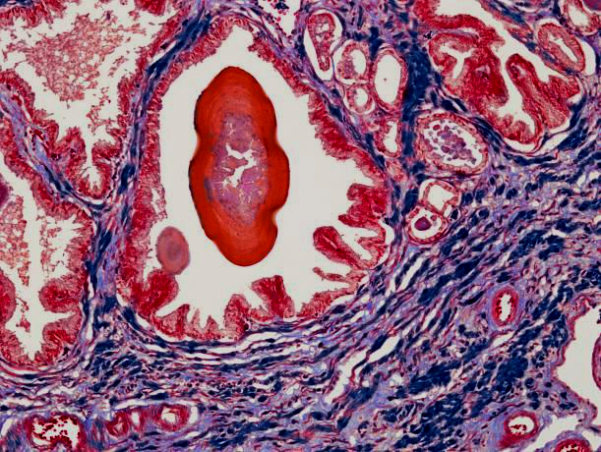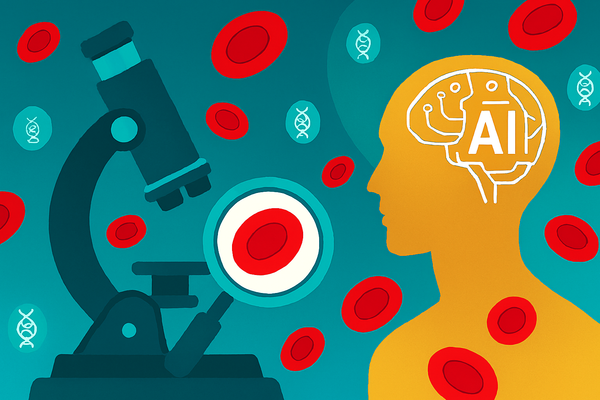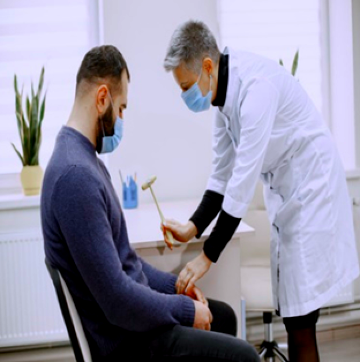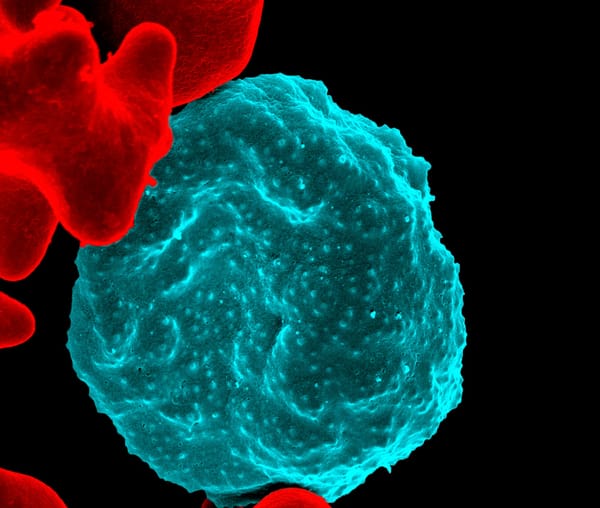Prostate Health Explained: Key Facts Every Man Should Know

When it comes to men’s health, the prostate is one of the most important yet often overlooked parts of the body. Despite its small size, this gland plays a vital role in overall well-being, particularly in reproductive and urinary health. Many men only begin to think about their prostate when problems arise but understanding it earlier can help prevent complications and promote long-term wellness.
What is the Prostate?
The prostate is a small, walnut-sized gland located just below the bladder and wrapped around the urethra, the tube that carries urine out of the body. Its primary role is to help produce seminal fluid, which nourishes and transports sperm, while also assisting in controlling urine flow. As men age, the prostate tends to enlarge naturally. While this growth is a normal part of aging, it can sometimes lead to challenges such as difficulty with urination, increased frequency of urination at night, or discomfort in the pelvic area. By understanding how the prostate functions and changes over time, men can take proactive steps to safeguard their health.
Common Prostate Conditions
There are several conditions that commonly affect the prostate, and being able to recognize them is key to maintaining good health.
Prostatitis is inflammation of the prostate gland and is the most common problem in men under the age of 50. It can present in different forms:
Chronic prostatitis, also called chronic pelvic pain syndrome, is the most frequent and often causes ongoing pelvic discomfort.
Acute bacterial prostatitis, which is less common, develops suddenly due to an infection and usually requires antibiotics.
Chronic bacterial prostatitis happens when infections keep recurring over time and may take longer to treat. There is also asymptomatic prostatitis, which has no obvious symptoms and is usually discovered during tests for other health issues.
Another frequent issue is an enlarged prostate, medically referred to as benign prostatic hyperplasia (BPH). This condition is more common in older men and is caused by the natural growth of the gland over time. When the prostate enlarges, it can press against the urethra and interfere with urine flow. Symptoms may include difficulty starting urination, a weak stream, dribbling, incomplete emptying of the bladder, or waking up often at night to urinate. Though BPH is not life-threatening, it can have a significant impact on quality of life if left untreated.
Recognizing Symptoms Early
Prostate-related issues often share similar warning signs. These include frequent urination (especially at night), trouble starting or stopping urination, a weak urine stream, pelvic pain, discomfort during urination, or even blood in the urine or semen. In some cases, men may also experience sudden changes in sexual health, such as erectile difficulties. Because these symptoms may overlap with other health concerns, it is important not to ignore them and to consult a healthcare provider promptly.
Who is at Higher Risk?
While prostate problems can affect men at any age, certain groups face a higher likelihood. Age is the most significant factor, with risks increasing steadily after 50. Genetics and family history also play a role: men whose fathers or brothers have experienced prostate-related conditions are more likely to encounter them as well. Ethnicity is another consideration, as men of African or African-Caribbean descent appear to face higher rates of prostate enlargement and related complications.
The Role of Screening and Monitoring
Early detection and monitoring are important in managing prostate health. Two key tools are often used in evaluations. The PSA (prostate-specific antigen) blood test measures the level of PSA in the blood, which may rise in response to certain prostate changes. The digital rectal exam (DRE) allows a doctor to feel the size and shape of the prostate and detect any irregularities. These tests are not perfect and can sometimes lead to false alarms, but advances in technology such as multiparametric MRI scans and AI-assisted diagnostic tools are making assessments more accurate and less invasive.
Healthcare professionals generally recommend that men begin discussing prostate health checks around the age of 50. Those with family history or higher risk factors, such as African ancestry, may benefit from starting earlier, sometimes as young as 40–45. These conversations with a doctor can help determine the right timing and frequency of check-ups based on individual risk.
Supporting Prostate Health Through Lifestyle
Beyond medical check-ups, lifestyle plays a powerful role in prostate health. Men are encouraged to maintain a healthy weight, stay physically active, and eat a balanced diet rich in vegetables, whole grains, fruits, and lean proteins. Limiting high-fat foods, reducing alcohol intake, and avoiding smoking are also strongly recommended. Such habits not only lower the risk of prostate-related issues but also improve cardiovascular and metabolic health. Regular hydration and stress management further support urinary and reproductive well-being.
Why Awareness Matters
Many men delay addressing prostate issues because they feel embarrassed or assume that urinary changes are simply a natural part of aging. While aging does increase the likelihood of changes, persistent symptoms should never be ignored. Open conversations about prostate health, both with healthcare providers and within families, help reduce stigma and encourage timely treatment.
Taking Charge of Your Prostate Health
Every man has the power to take simple, effective steps toward better prostate health. Understanding what the prostate does, recognizing early symptoms, and knowing your personal risk factors are critical starting points. Regular medical check-ups and open discussions with a healthcare professional ensure that potential problems are identified and managed early. Combined with healthy lifestyle choices, these measures can make a significant difference in long-term quality of life.





